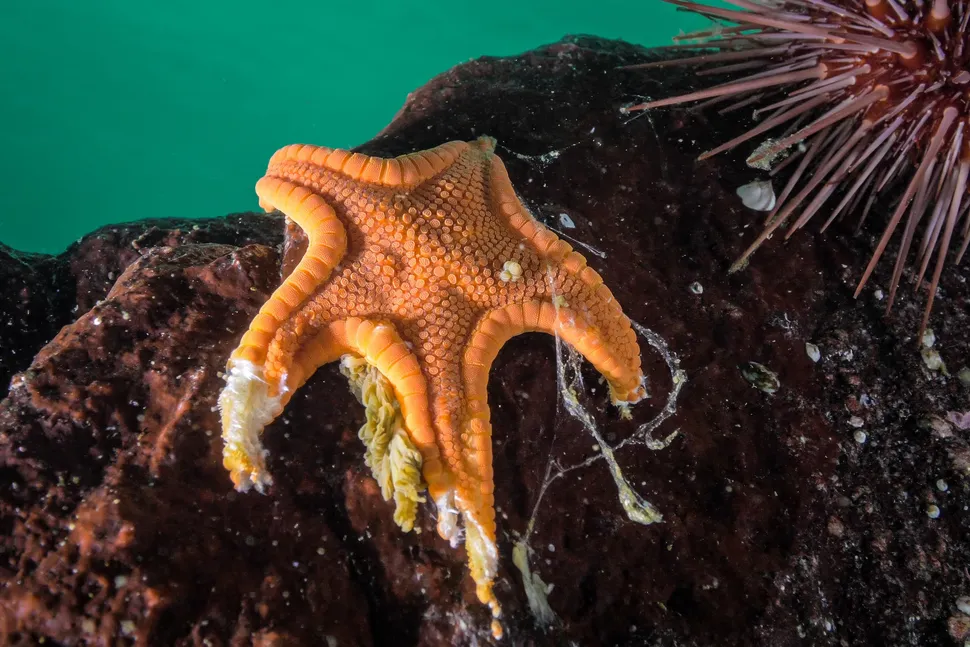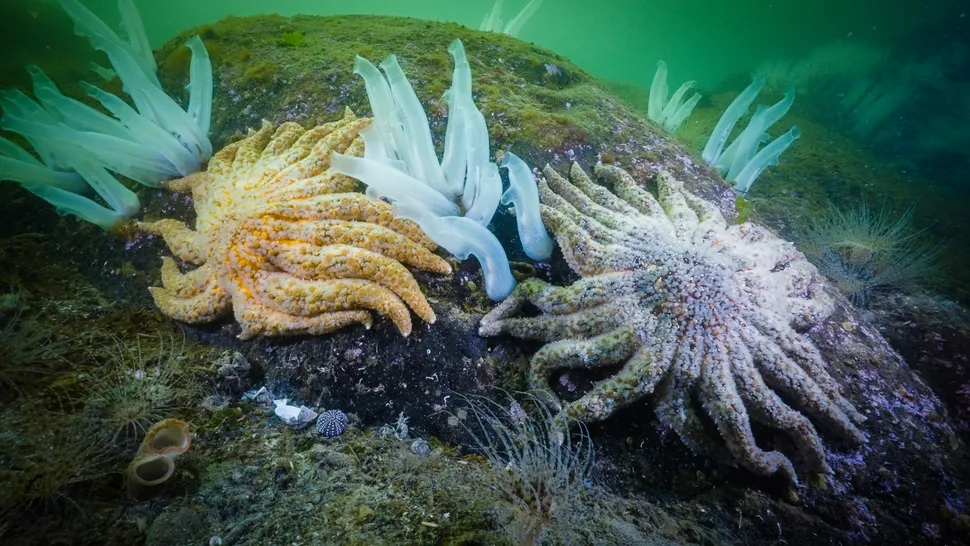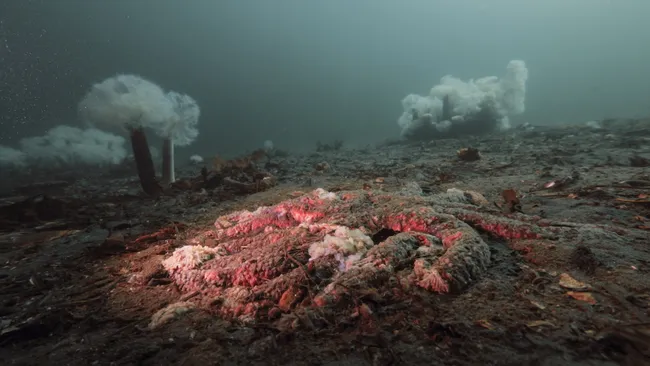A new study has found that the devastating sea star wasting disease is caused by a strain of bacteria from Vibrio pectenicida, which turns the marine creatures into goo.
A decade after sea star wasting disease began devastating marine ecosystems along the West Coast, scientists have finally identified the culprit — and it’s not the virus they once suspected.
Since 2013, this mysterious disease has turned billions of sea stars into goo, wiping out populations and pushing the giant sunflower sea star to the brink of extinction. After a four-year investigation, researchers have confirmed that the cause is Vibrio pectenicida, a pathogenic bacterium in the same genus as cholera (V. cholerae). This genus also includes strains responsible for coral and shellfish die-offs worldwide.
A Breakthrough in Marine Disease Research
The findings, published Aug. 4 in Nature Ecology and Evolution, came from DNA sequencing of microbes in infected sea stars compared to healthy individuals. The team discovered unusually high levels of V. pectenicida in infected sea stars’ coelomic fluid — essentially their blood.

“When we looked at the coelomic fluid between exposed and healthy sea stars, there was basically one thing different: Vibrio,” said senior study author Alyssa Gehman, marine disease ecologist at the Hakai Institute and the University of British Columbia (UBC). “We all had chills. We thought, ‘That’s it. We have it.’”
To confirm, researchers cultured the bacteria and introduced it to healthy sea stars. Nearly all infected individuals died, confirming that a strain known as FHCF-3 causes sea star wasting disease.
Ecological Consequences of the Die-Off
The disease affects more than 20 sea star species but is especially devastating for sunflower sea stars (Pycnopodia helianthoides), which can grow up to 1 meter (39 inches) across. These giants are now functionally extinct in much of their southern U.S. range and have declined by over 87% in the north.

The collapse of sunflower sea star populations has triggered a chain reaction in marine ecosystems. Without these predators, sea urchin numbers have exploded, stripping vast areas of kelp forest. This loss of kelp has far-reaching impacts — destroying habitat for thousands of species, weakening coastal economies that rely on fishing and tourism, reducing storm protection, and diminishing carbon storage.
“When we lose billions of sea stars, that really shifts the ecological dynamics,” said first author Melanie Prentice of the Hakai Institute and UBC.
Understanding and Combating the Disease
Sea star wasting disease begins with lesions on the skin and rapidly progresses, melting tissues within about two weeks. Because similar symptoms can be caused by environmental stress, pinpointing the cause has been challenging. Now, with Vibrio pectenicida confirmed as the pathogen, scientists can focus on understanding the environmental drivers and developing strategies to prevent further losses.
“Understanding what led to the loss of the sunflower sea star is a key step in recovering this species and all the benefits that kelp forest ecosystems provide,” said Jono Wilson, director of ocean science at The Nature Conservancy’s California chapter.
